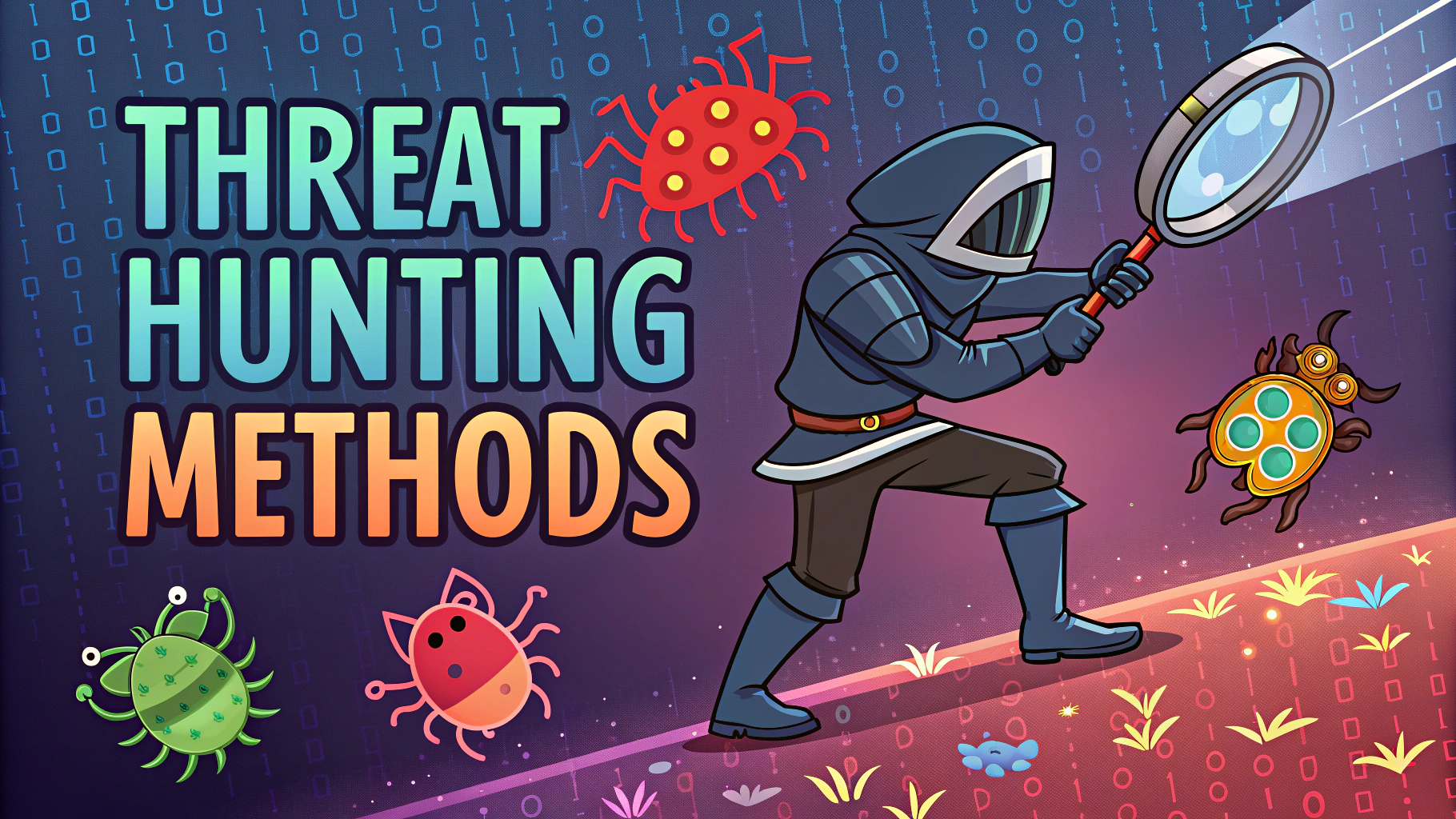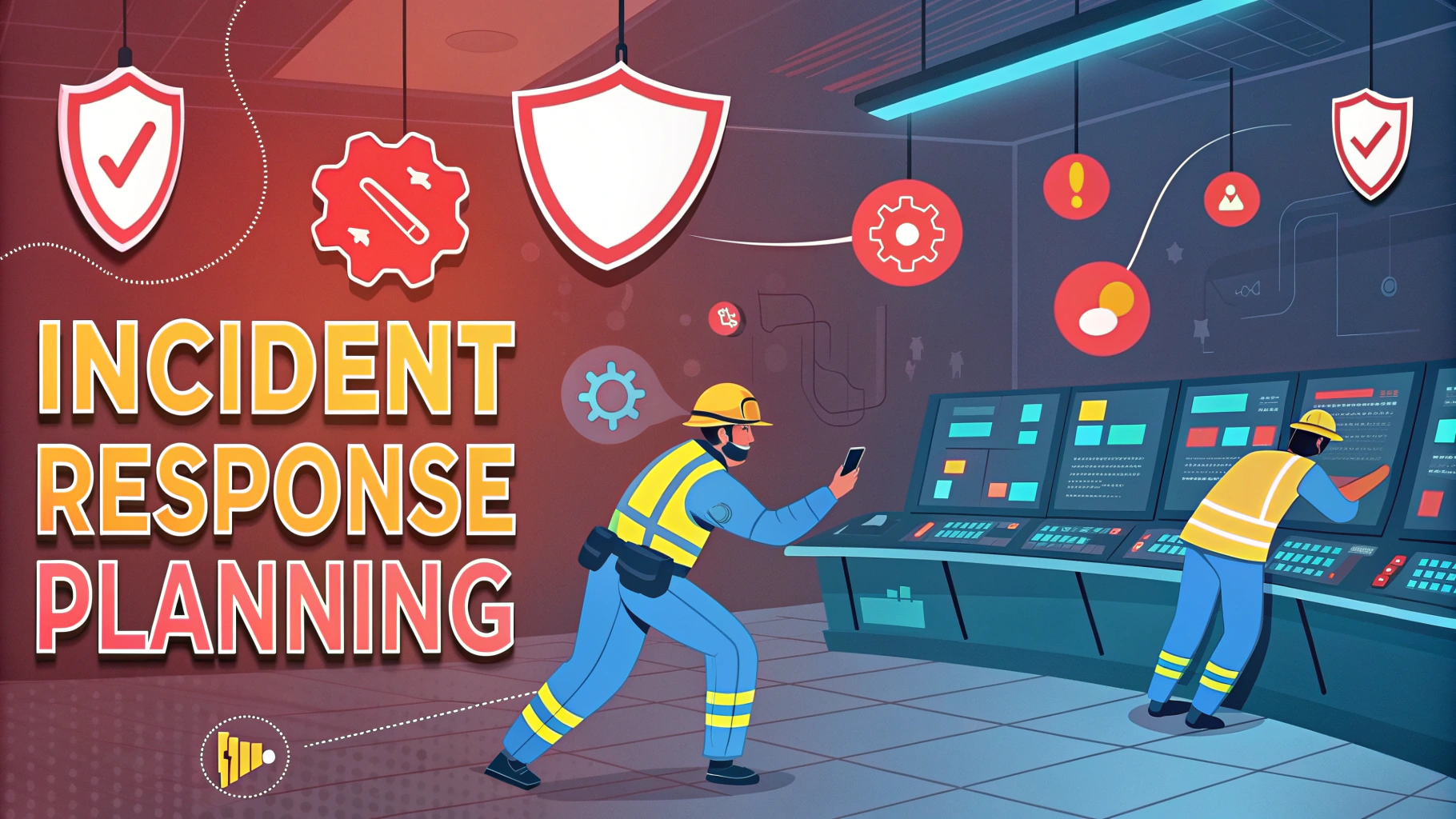Attack simulation and penetration testing help organizations identify security vulnerabilities before malicious actors can exploit them.
Security teams use these controlled attacks to evaluate system defenses, test incident response procedures, and strengthen overall security posture.
This guide explains key attack simulation techniques, tools, and best practices for running effective security assessments.
Types of Attack Simulations
- External Testing – Simulates attacks from outside the network perimeter
- Internal Testing – Assesses vulnerabilities from within the internal network
- Blind Testing – Tester has no prior knowledge of the target systems
- Double-Blind Testing – Neither the tester nor security team knows about the simulation
- Targeted Testing – Security team and tester work together with full transparency
Key Testing Phases
- Reconnaissance – Gathering target information through OSINT and scanning
- Scanning – Identifying vulnerabilities using automated tools
- Gaining Access – Exploiting discovered vulnerabilities
- Maintaining Access – Testing persistence mechanisms
- Covering Tracks – Removing evidence of compromise
Essential Tools
- Nmap – Network discovery and security scanning
- Metasploit – Penetration testing framework
- Wireshark – Network protocol analyzer
- Burp Suite – Web application security testing
- Aircrack-ng – Wireless network testing
Best Practices
- Obtain written permission before testing
- Define clear scope and objectives
- Document all activities thoroughly
- Use dedicated testing environments when possible
- Follow responsible disclosure procedures
- Monitor systems during testing
Legal Considerations
Attack simulations require explicit authorization from system owners to avoid legal issues.
Many countries have specific laws governing penetration testing activities.
Maintain detailed documentation of permissions, scope, and activities.
Reporting Results
- Executive Summary
- Technical Findings
- Risk Assessment
- Remediation Recommendations
- Supporting Evidence
Professional Certifications
- Certified Ethical Hacker (CEH)
- GIAC Penetration Tester (GPEN)
- Offensive Security Certified Professional (OSCP)
- CompTIA PenTest+
Building a Secure Future
Regular attack simulations help identify and address security gaps before they can be exploited.
Combine automated tools with manual testing for comprehensive coverage.
Stay current with emerging threats and attack techniques through continuous learning.
For more information on attack simulation services and training, visit SANS Institute or Offensive Security.
Setting Up Test Environments
- Virtual Labs – Isolated environments for safe testing
- Cloud Platforms – Scalable testing infrastructure
- Network Segmentation – Containment of testing activities
- Monitoring Tools – Real-time activity tracking
Advanced Testing Scenarios
Social Engineering
- Phishing campaigns
- Pretexting exercises
- Physical security tests
- USB drop testing
Mobile Applications
- API security testing
- Runtime analysis
- Data storage assessment
- Transport security verification
Compliance Requirements
- PCI DSS – Regular penetration testing mandatory
- HIPAA – Security evaluation requirements
- SOX – Internal control testing
- ISO 27001 – Security assessment standards
Emerging Technologies
- AI-powered testing tools
- Automated exploit generation
- Cloud security testing
- IoT device assessment
- Container security testing
Strengthening Cyber Resilience
Attack simulations are crucial for maintaining robust security postures in today’s threat landscape.
Organizations must integrate regular testing into their security program to stay ahead of evolving threats.
Success requires a combination of skilled professionals, appropriate tools, and organizational commitment to security improvement.
Invest in continuous training and tools to build a mature security testing program that evolves with emerging threats.
FAQs
- What is attack simulation/penetration testing?
Attack simulation or penetration testing is a controlled cybersecurity assessment where authorized security professionals simulate real-world attacks to identify vulnerabilities in systems, networks, applications, and infrastructure. - What are the main types of penetration tests?
The main types include external network testing, internal network testing, web application testing, wireless network testing, social engineering testing, and physical security testing. - How often should organizations conduct penetration tests?
Organizations should conduct penetration tests at least annually, after significant infrastructure changes, following major application updates, or as required by compliance standards like PCI DSS. - What’s the difference between automated and manual penetration testing?
Automated testing uses tools to scan for known vulnerabilities quickly, while manual testing involves human expertise to identify complex vulnerabilities, analyze business logic flaws, and chain multiple vulnerabilities together. - What methodologies are commonly used in penetration testing?
Common methodologies include OSSTMM (Open Source Security Testing Methodology Manual), PTES (Penetration Testing Execution Standard), and OWASP (Open Web Application Security Project) Testing Guide. - What are the phases of a typical penetration test?
The phases include reconnaissance, scanning, vulnerability assessment, exploitation, post-exploitation, privilege escalation, maintaining access, and documentation/reporting. - What’s the difference between black box, white box, and gray box testing?
Black box testing involves no prior knowledge of the target system, white box testing provides complete system information, and gray box testing offers partial information about the target. - What are the legal requirements for conducting penetration tests?
Legal requirements include obtaining written permission (scope of work), signing non-disclosure agreements, defining test boundaries, and ensuring compliance with local and international laws. - What tools are commonly used in penetration testing?
Common tools include Nmap for network discovery, Metasploit for exploitation, Burp Suite for web application testing, Wireshark for packet analysis, and Nessus for vulnerability scanning. - What should be included in a penetration testing report?
A penetration testing report should include an executive summary, methodology used, findings and vulnerabilities discovered, risk ratings, technical details, and remediation recommendations.








